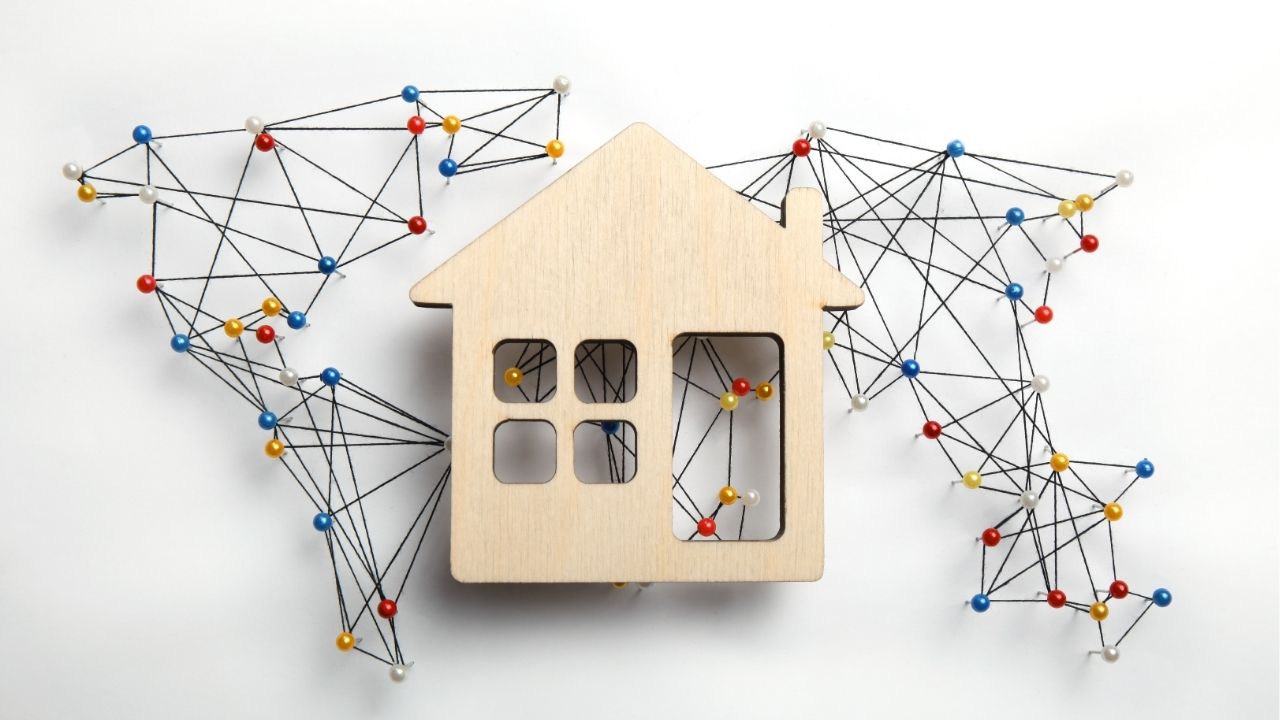 When it comes to real estate, you’ve likely heard the phrase, “Location, location, location!” This isn’t just a catchy mantra, it’s a fundamental truth that underscores the value of any property. While a home’s design, size, and features play a role in your buying decision, the location is often the most critical factor that determines both the property’s current worth and its long-term potential.
When it comes to real estate, you’ve likely heard the phrase, “Location, location, location!” This isn’t just a catchy mantra, it’s a fundamental truth that underscores the value of any property. While a home’s design, size, and features play a role in your buying decision, the location is often the most critical factor that determines both the property’s current worth and its long-term potential.
Why Location Matters More Than Ever
The location of a property influences nearly every aspect of homeownership, from daily convenience to future resale value. A property’s location can shape your lifestyle, your access to amenities, and even your investment returns. Here’s a closer look at why location is such a pivotal factor:
1. Accessibility and Convenience
A property’s location determines how accessible it is to essential services and daily conveniences. Proximity to grocery stores, healthcare facilities, and public transportation can significantly enhance your quality of life. For example, a home located within walking distance of a bustling shopping district or major highways can save you time and make day-to-day living more efficient.
2. Employment Opportunities
Living near your workplace or in an area with a thriving job market can reduce commute times and offer greater professional opportunities. Properties in cities or regions with growing industries tend to be highly desirable, which can contribute to sustained demand and price appreciation over time.
3. Impact on Lifestyle
Your property’s location also shapes your lifestyle. Are you looking for a serene countryside retreat or an urban hub with nightlife and dining options? The area you choose will influence how you spend your leisure time, your social connections, and even your daily routines. For instance, a beachfront property offers a completely different lifestyle than a home in a bustling city center.
4. Proximity to Educational Institutions
For families, being near quality schools and universities is a top priority. Even for buyers without children, properties located in reputable school districts often hold their value better and attract more potential buyers when it’s time to sell. Education remains a powerful driver of property value.
5. Future Development Potential
Location isn’t just about what’s there now; it’s also about what’s coming. Areas with planned infrastructure developments, new business districts, or enhanced public amenities often experience an increase in property values. Researching a location’s growth potential can help you make a more informed decision and secure a better return on investment.
6. Safety and Security
Safety is a crucial consideration when evaluating a property’s location. Low crime rates and a strong sense of community contribute to the overall desirability of an area. Many buyers are willing to pay a premium to live in a neighborhood where they feel secure and where property values are stable.
7. Impact on Property Value
The old adage in real estate, “You can change the house, but you can’t change the location,” holds significant weight. A home in a prime location will generally maintain or increase its value over time, even if it’s smaller or less updated than others. Conversely, a stunning property in a less desirable location may struggle to retain its value.
How to Evaluate a Property’s Location
When considering a property, take the time to research and analyze its location thoroughly. Here are some factors to consider:
-
Commute Times: Test the drive to work or other key destinations during peak hours.
-
Community Vibes: Visit the area at different times of day to get a feel for its energy and atmosphere.
-
Accessibility: Evaluate how easily you can access major roads, airports, or public transit.
-
Noise Levels: Check for nearby highways, airports, or train tracks that could impact your comfort.
-
Long-Term Plans: Look into local government or developer plans that could enhance or detract from the area in the future.
Making the Right Decision
Choosing a property with a great location doesn’t necessarily mean finding the most expensive or most popular neighborhood. Instead, it’s about finding a location that aligns with your priorities, lifestyle, and goals. Whether you value proximity to nature, cultural hubs, or economic centers, understanding the importance of location will empower you to make a more informed decision.
When it comes to real estate, location truly is everything. It shapes your experience as a homeowner, influences property value, and determines how well your investment performs over time. By prioritizing location in your decision-making process, you can ensure that your home not only meets your needs today but also supports your goals for the future.
 As we step into 2025, it’s the perfect time to reflect on the possibilities a new year can bring, especially when it comes to your real estate goals. Whether you’re dreaming of buying your first home, investing in property, or upgrading your current living space, setting clear, actionable resolutions can help guide your journey and turn your aspirations into reality.
As we step into 2025, it’s the perfect time to reflect on the possibilities a new year can bring, especially when it comes to your real estate goals. Whether you’re dreaming of buying your first home, investing in property, or upgrading your current living space, setting clear, actionable resolutions can help guide your journey and turn your aspirations into reality. As 2025 begins, I want to thank my amazing clients, past, present, and future for trusting me to guide you on your real estate journey. Whether you’ve found your dream home, are preparing to sell, or envision a move this year, I’m grateful to be part of your story.
As 2025 begins, I want to thank my amazing clients, past, present, and future for trusting me to guide you on your real estate journey. Whether you’ve found your dream home, are preparing to sell, or envision a move this year, I’m grateful to be part of your story. As we approach the end of another year, I want to take a moment to reflect on the incredible year that has been filled with challenges, successes, and unforgettable milestones, and I’m truly grateful for the opportunity to help so many wonderful clients achieve their real estate goals. Whether you bought your dream home, sold your property for a great price, or began your real estate journey, I’m honored to have been a part of it.
As we approach the end of another year, I want to take a moment to reflect on the incredible year that has been filled with challenges, successes, and unforgettable milestones, and I’m truly grateful for the opportunity to help so many wonderful clients achieve their real estate goals. Whether you bought your dream home, sold your property for a great price, or began your real estate journey, I’m honored to have been a part of it.
 Saving for a down payment is a common hurdle for many homebuyers, but there are several ways to make it happen. Whether you’re tapping into savings, receiving a gift, or utilizing assistance programs, understanding your options can make the journey to homeownership smoother.
Saving for a down payment is a common hurdle for many homebuyers, but there are several ways to make it happen. Whether you’re tapping into savings, receiving a gift, or utilizing assistance programs, understanding your options can make the journey to homeownership smoother.